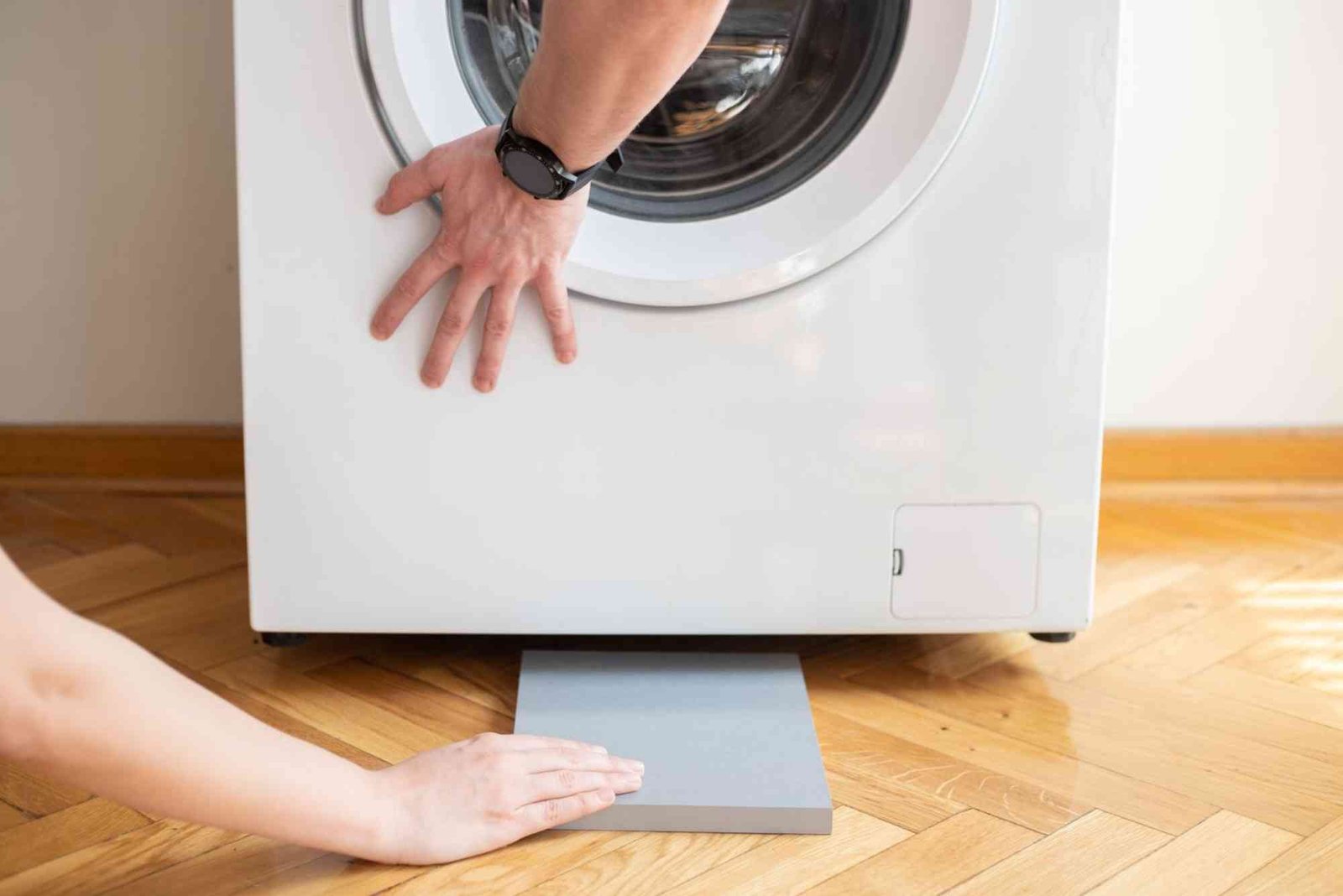A washing machine is a household essential, but when it is placed on a wooden floor, many homeowners notice an unusual and often frustrating problem—excessive vibration. The machine begins to shake, producing noise and movement that not only disrupt daily life but can also threaten the safety of the appliance and the flooring beneath it. Understanding why this happens and how to address it is crucial for maintaining both the washing machine and the structural integrity of the wooden surface.
This article explores the primary causes of vibration, the risks of ignoring the issue, the possible solutions, and the role of professional washing machine repair. It also highlights how Hafixer Home Appliances Repair in Dubai can provide reliable assistance when the problem becomes persistent.
The Nature of Wooden Floors and Appliance Weight
Wooden floors add beauty and comfort to a home, but they are naturally less rigid than concrete or tiled flooring. They flex slightly under pressure, which is part of their design, but when heavy appliances like washing machines are placed on them, the weight combined with rapid drum movements during the spin cycle amplifies this natural flexibility. The result is significant vibration and noise.
The Role of Balance and Surface Stability
A major reason why a washing machine vibrates on wooden floors is balance. Even the smallest unevenness in flooring or misalignment in the washing machine’s leveling can create an imbalance. When the drum spins at high speeds, that imbalance becomes magnified. A machine that is not properly leveled may wobble against the floor, and the wooden surface beneath it reacts by amplifying the vibration further.
How Laundry Loads Affect Vibrations
The way laundry is placed inside the washing machine also plays a major role in how stable the appliance remains during operation. When clothes become unevenly distributed, especially during a spin cycle, the weight shifts to one side of the drum. This imbalance forces the washing machine to shake harder, which is even more noticeable on a wooden floor that is already prone to movement. Both overloading and underloading the machine can cause this imbalance, making consistent vibration a common occurrence.
The Impact of Worn-Out Components
Another technical reason behind strong vibration is the condition of the machine’s internal parts. Washing machines rely on shock absorbers and suspension systems to minimize the movement of the drum. Over time, these parts wear down, losing their ability to absorb motion. When that happens, the machine begins to vibrate excessively, and the effect is even more pronounced when the appliance is resting on a flexible wooden floor.
Placement of the Machine in the Room
The position of the washing machine within a room also matters. If the machine is too close to walls, cupboards, or other furniture, the vibrations cause it to hit surrounding objects. This not only increases the noise level but can also damage both the washing machine and nearby surfaces. On a wooden floor, this problem becomes worse because the floor itself contributes to the vibration.
Risks of Ignoring the Problem
Excessive vibration might seem like a minor nuisance, but ignoring it can lead to serious consequences. Wooden flooring can be scratched, weakened, or even cracked if a vibrating washing machine continues to operate without intervention. The appliance itself also suffers because internal parts are placed under unnecessary strain, shortening its lifespan.
Noise is another factor that homeowners cannot overlook. A vibrating washing machine on a wooden floor produces loud and disruptive sounds that disturb the peace of the household. In extreme situations, the machine may even move from its original position, creating risks of water leakage or electrical hazards.
Practical Adjustments to Minimize Vibration
One of the simplest ways to reduce vibration is ensuring that the washing machine is perfectly level. Most modern machines come with adjustable legs that allow for balance correction. By taking the time to properly align the appliance, vibration levels often decrease noticeably.
Another adjustment involves creating a buffer between the wooden floor and the machine. Anti-vibration pads or rubber stabilizers can absorb much of the motion, preventing the washing machine from transferring its energy directly onto the floor. In some cases, reinforcing the wooden surface with a stable platform or an additional plywood sheet can also help.
However, when the vibration is caused by worn-out parts, homeowners cannot rely on surface adjustments alone. Professional washing machine repair becomes essential to replace damaged components such as suspension springs or shock absorbers.
Why Hafixer Home Appliances Repair is the Right Choice
For homeowners in Dubai, Hafixer Home Appliances Repair offers specialized solutions for problems like excessive vibration. Their technicians are trained to identify whether the issue is related to the machine’s internal parts, the balance, or the floor itself. By diagnosing the problem accurately, they can provide tailored repair services that ensure long-lasting results.
Customers choose Hafixer because of their expertise, reliability, and commitment to cost-effective service. Repairs are carried out efficiently, often on-site, saving homeowners from the inconvenience of transporting heavy appliances. The use of quality replacement parts and professional techniques guarantees that the vibration problem is not only solved temporarily but eliminated at its source.
Long-Term Maintenance for a Stable Machine
Maintaining a washing machine on a wooden floor requires consistent care. Homeowners should focus on placing laundry evenly in the drum to avoid imbalance. Overloading the appliance should be avoided, as should extremely light loads that disrupt the spin cycle.
Regular inspection of the washing machine by a professional service such as Hafixer Home Appliances Repair ensures that any worn-out parts are identified before they cause serious vibration. Maintaining proper placement and balance, along with routine professional checks, helps extend the life of both the washing machine and the wooden floor beneath it.
Professional Repair Versus Temporary Fixes
While temporary solutions like pads or floor reinforcements can reduce vibration, they often do not address the root cause. A washing machine with worn-out shock absorbers will continue to vibrate no matter how many external adjustments are made. This is where professional washing machine repair proves invaluable.
Hafixer Home Appliances Repair not only resolves the vibration problem but also ensures that other potential issues are identified and corrected before they escalate. Their approach provides homeowners with confidence that the appliance will operate quietly and efficiently in the long run.
A vibrating washing machine on a wooden floor is a common issue, but it should never be ignored. The combination of floor flexibility, machine imbalance, uneven laundry loads, and worn-out components can create significant problems for both the appliance and the flooring. While homeowners can make small adjustments to reduce the effect, true peace of mind comes from professional service.
For those living in Dubai, Hafixer Home Appliances Repair stands as a trusted partner in solving these issues. With expert knowledge, efficient repairs, and a customer-focused approach, Hafixer ensures that every washing machine operates smoothly and quietly. Addressing vibration today not only restores comfort to the home but also protects valuable appliances and flooring for the future.





